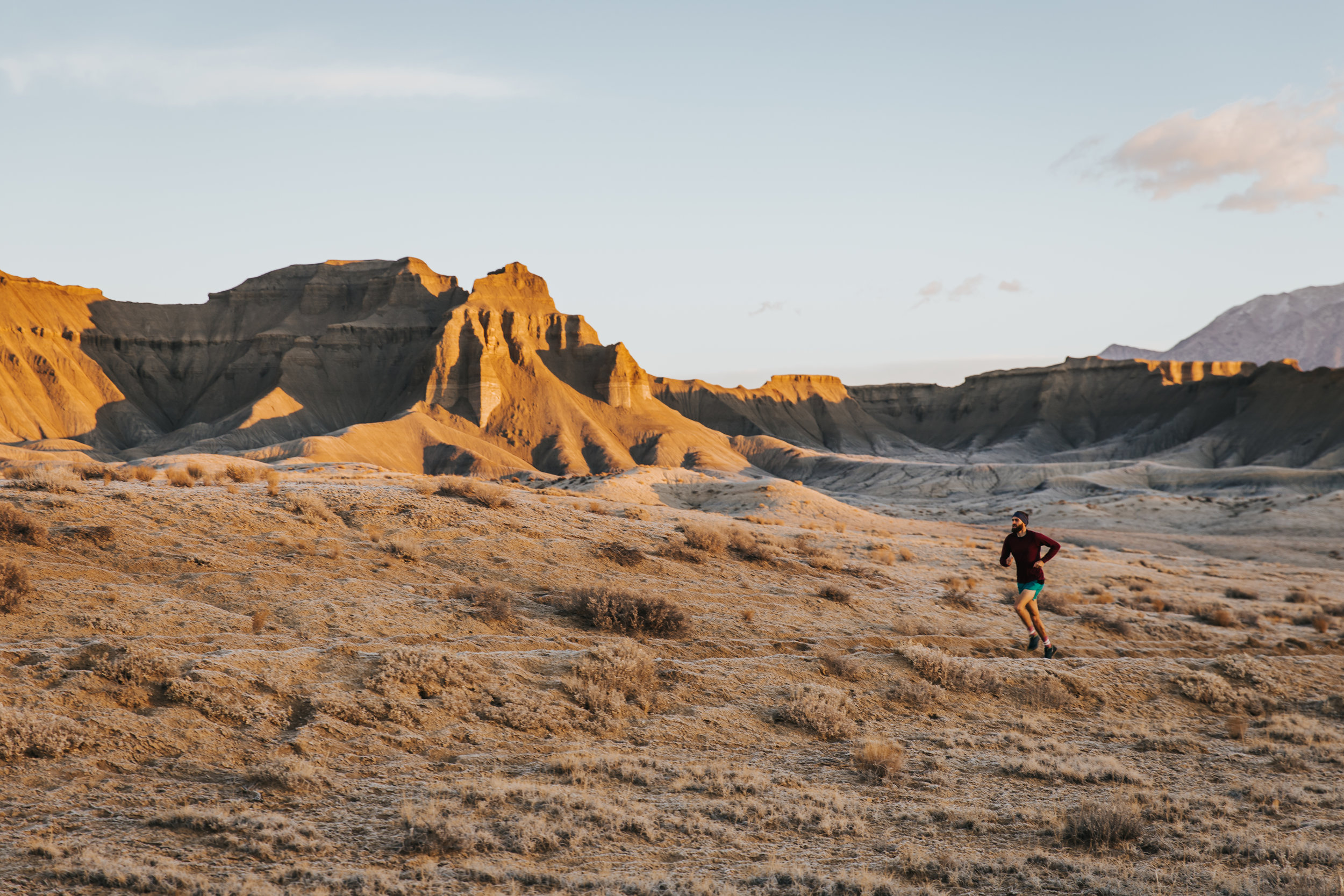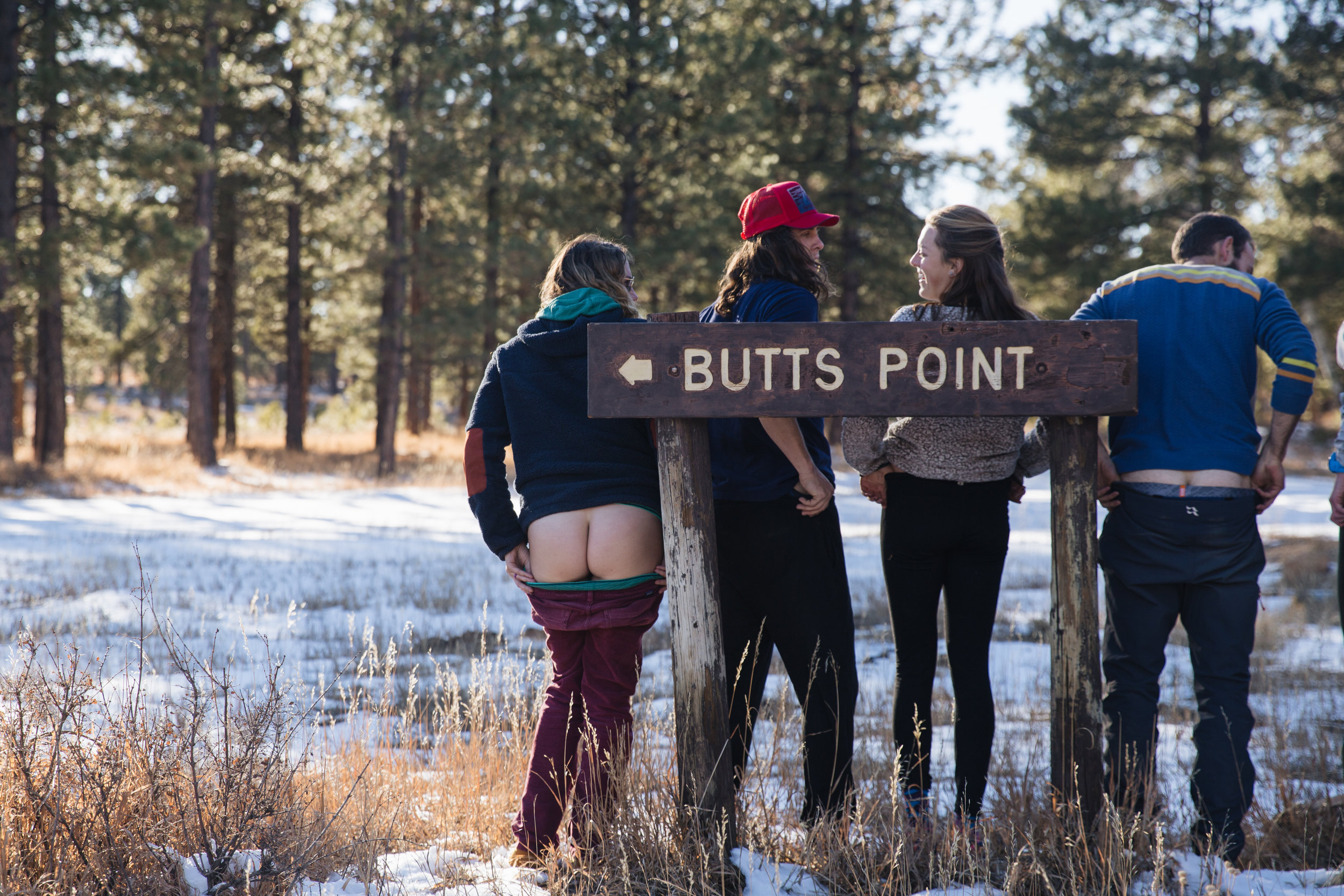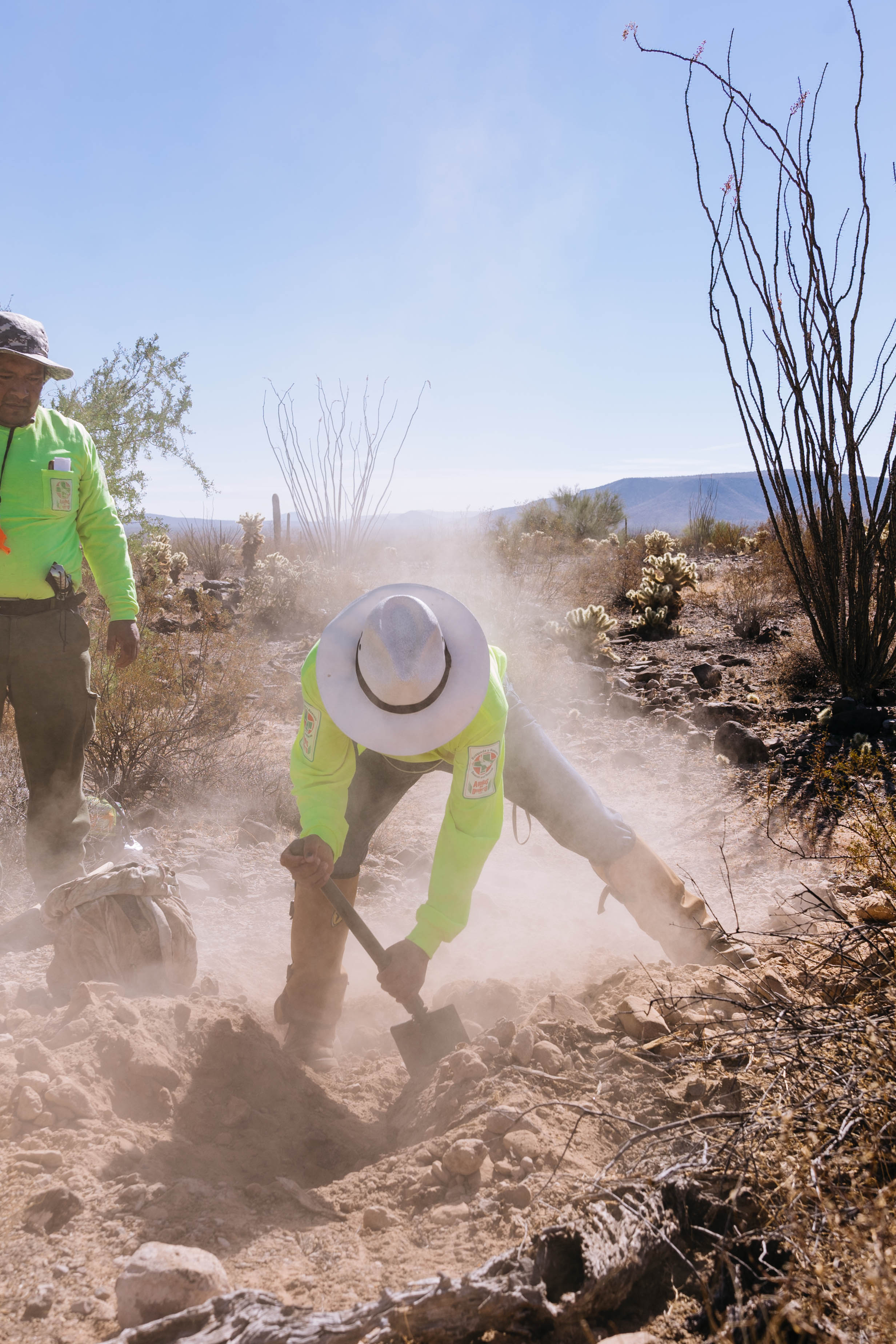Message Received
Stay Wild
Running to save Bears Ears and Grand Staircase-Escalante National Monuments
Story by Brooke Jackson // @wandering_trails
Photos by: Johnie Gall // @dirtbagdarling
As a desert sun blares across the unforgiving red-clay landscape, caving to exhaustion seems a welcomed option. Feet pounding against earth with a final destination unseen, the journey is not a simple task. Yet the runner knows: I am a messenger with a story which must be told.
The tradition of using runners as conduits for communication has been a cultural practice for the Navajo people for centuries. Also known as Messengers, these individuals would sometimes cover hundreds of miles by foot to communicate with other tribes. Len Necefer of Natives Outdoors explains:
“The history of relay runners and messengers extends hundreds of years throughout this landscape. Prior to the introduction of horses by the Spanish, these runners served a critical role in carrying time-sensitive messages between communities and tribes. Today running still serves a critical role in rights-of-passage ceremonies.”
To communicate their passion, a ragtag group of individuals from various walks of life came together to run 250 miles in two days across Bears Ears and Grand Staircase-Escalante National Monuments. The reason was not for a race or for glory, but to educate and unite amidst a turbulent political climate. On December 4, 2017, Mr.Trump moved to drastically reduce two protected areas in Utah; Bears Ears will be reduced by about 85 percent or roughly 201,876 acres, while Grand Staircase-Escalante will be reduced from 1.9 million acres to only 1,003,863 acres. Mr. Trump passed these alterations without ever stepping foot into the protected monuments.
Andy Cochrane, Greg Balkin, and Johnie Gall were not ready to stand idly by as Mr. Trump reduced these lands so drastically. The idea for the Messengers relay originated as the three pondered ways to use their platforms to tell the tales of these threatened public lands. As avid runners and activists, the group quickly formed an adventure. Once the plan was born, the team roster quickly filled. Consisting of everyone from local Navajo tribal members, to data scientists, Olympic athletes, and dirtbags—the crew had their differences. However, they all shared at least one thing in common: a reason to run.
On February 2nd, 2018, the modern Messengers set off to tell a story. Embodying cultural roots, Necefer explained the connection of the eagles as messengers between humans and the Diyin Dine’é (Navajo Holy People). Therefore, the runners carried a sage and eagle-plumed “baton” to be handed off at transition points to truly strengthen the connection they were trying to deliver. The route traversed through varying climates and geological wonders. From conifer forests to echoing canyon walls, petroglyphs and crumbling spires, the messengers experienced a glimpse into the 200-million-year-old staircase which connects the history of humans and environments which have previously existed there.
The group learned about Navajo culture and experienced the importance of the land. Clare Gallagher reflects on the experience saying, “Without question, I learned more about the Native history of this land than I could ever have from a book or an article. This land is Native land. We are lucky to be able to share it as outdoor enthusiasts.”
As the group successfully finished their 250-mile journey, the message was delivered in bold. As Johnie Gall eloquently states:
“What brought us together for the relay—some of us with a lifelong love for running, others who have a more ‘tumultuous’ relationship with it—was a collective love for public lands. Finding community through the run gave us a stronger voice than any one of us had on our own. You can accomplish a lot more by finding commonalities than you can by pointing out differences. Love means standing up for what you believe in. Even if that means struggling through a six-mile uphill slog in the desert heat.”
February 2nd, 2018 was the first day which Bears Ears and Grand Staircase-Escalante was opened for business to the extractive industries. To learn more and support the Native American Rights Fund (NARF) as well as to see the Messengers documentary, visit MessengersRun.com.


















